detail profile oleg zhakov
Peran Yang Di Mainkan Oleg Zhakov
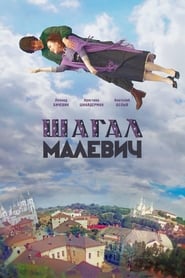 The film is an attempt to...
The film is an attempt to...Chagall-Malevich 2014
The film is an attempt to recreate the world of Marc Chagall and his myth within the genre of a folklore ballad. We are not exploiting Chagall's images, but are attempting to create a dramatized projection of his creativity onto the movie screen, relying on both, facts and fantasy (as Chagall himself would).The story is based on real events which occurred at the time of Chagall's short-lived period in Vitebskin in 1917-18, during which time he creates the Academy of Modern Art, inspired by his dreams of a bright and beautiful future. Many pictures by Chagall and Malevich are used in the film.
 A second episode in the trilogy...
A second episode in the trilogy...Front Beyond the Front Line 1977
A second episode in the trilogy about the partisans fighting against the Nazis during the WWII on the territory of Russia. Film is set in the winter of 1943-1944. Major Mlynsky is the commander of the partisan group, that is fighting behind the Nazi's front-lines. Major Mlynsky is invited to the Chief of Staff, where he is promoted to Lt.-Colonel for his courage. Now Mlynsky is in charge of the new partisan's operation.
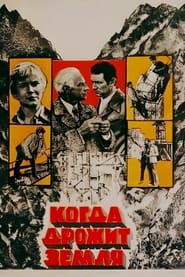 A production conflict breaks out between...
A production conflict breaks out between...When the Earth Trembles 1976
A production conflict breaks out between the head of the hydroelectric power station's construction, Demidov, and the chief engineer, Prokofiev. Prokofiev prohibits construction work due to the danger of a rock collapse, but Demidov cancels the engineer’s ban.
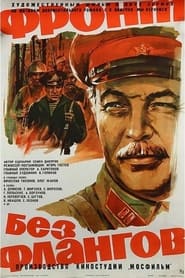 A first episode in the trilogy...
A first episode in the trilogy...Front Without Flanks 1974
A first episode in the trilogy about the Russian partisan's resistance against the Nazi occupation of Russia during WWII. The film is set in August of 1941, when the Nazi forces invaded and occupied the European part of Russia. Major Mlynsky is in charge of the special group of partisans. His group is absorbing other small groups of Russian soldiers, who managed to survive from the attacks of the overwhelming Nazi forces. The Nazi Armies are advancing to Moscow. Major Mlynsky is organizing the Russian partisan's resistance against the Nazis, behind the enemy lines.
 Life in a distant south town...
Life in a distant south town...Seventh Skies 1972
Life in a distant south town become to difficult for the young girl Ksana from Moscow...
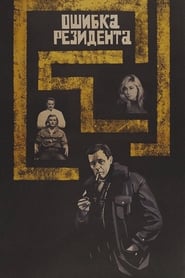 In the spring of 1961 KGB officers...
In the spring of 1961 KGB officers...The Secret Agent's Blunder 1968
In the spring of 1961, KGB officers received information that an experienced intelligence officer Mikhail Zarokov, son of the Russian emigrant Count Tulyev, with extensive international experience and knowledge in various operations was abandoned on the territory of the Soviet Union. He is sent to Russia to carry out a very difficult and risky task, which is directly related to the nuclear industrial complex and transfer the collected information abroad...
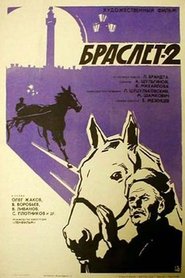 Bracelet2 is a grey trotter at...
Bracelet2 is a grey trotter at...Bracelet-2 1967
Bracelet-2 is a grey trotter at a Russian race track stable. Daily beatings from a cold-hearted trainer turns him into an unreliable emotional wreck, and in race after race he breaks his trot and finishes at a gallop, resulting in disqualification. To the trainer Bracelet is worthless, so when World War II breaks out and Soviet Army representatives come to the track to requisition horses for the front, the trainer is only too happy to be rid of him. Now, instead of a racing sulky, Bracelet is forced to pull heavy carts and sleighs laden with munitions. Gradually he resigns to his fate...
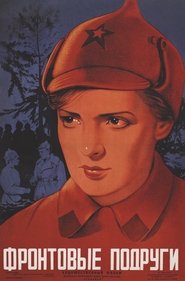 19391940 Finnish war In the very first...
19391940 Finnish war In the very first...The Girl from Leningrad 1941
1939-1940 Finnish war. In the very first days, a group of female volunteers goes to the front. Young nurses and nurses in the hospital and on the front line selflessly help doctors to save the wounded soldiers, with weapons in their hands, take part in the fight against the enemy. In severe trials, the friendship and love of the film's characters is tempered and strengthened.
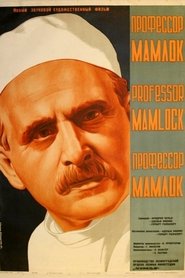 Made in Stalins Soviet Union Professor...
Made in Stalins Soviet Union Professor...Professor Mamlock 1938
Made in Stalin’s Soviet Union, Professor Mamlock was one of the first films worldwide to tackle Nazi anti-Semitism openly. Based on a play by a German-Jewish exile in Moscow, Friedrich Wolf, and directed by an Austrian-Jewish exile in Moscow, Herbert Rappaport, the film tells with the story of an apolitical humanitarian Jewish doctor and his politically-aware, fascism-resisting son, an intern, as their lives become entangled with the Nazis’ rise to power in 1930s Germany, where they live and practice. Things come to a head when the Nazi organization takes control of their hospital, and place a rabid antisemitic physician in charge over Mamlock and his staff.
 Six polar explorers arrives to a...
Six polar explorers arrives to a...The Brave Seven 1936
Six polar explorers arrives to a remote island in Arctic for a year-long scientific expedition. When their ship departs, they unpack only to find a young stowaway, who romanticized Arctic heroes, and tried to join them on multiple occasions finally succeeding. That's how six became seven. Life of polar explorers is tough, and full of danger. During one year they are largely isolated from the mainland, and should survive using their resourcefulness, smarts, knowledge, and existing supplies with occasional unreliable radio communications. The Seven are resilient, cheerful, they forged a true friendship. Now they are ready to face the unforgiving Arctic.

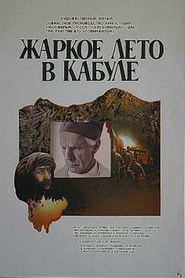 A Russian doctor is invited to...
A Russian doctor is invited to...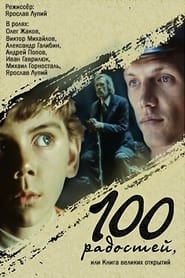
 The story of the Cervi family...
The story of the Cervi family...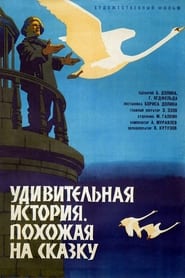
 A story of Kochubey a hero...
A story of Kochubey a hero...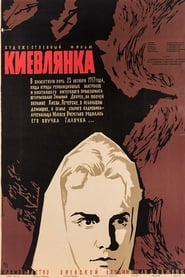
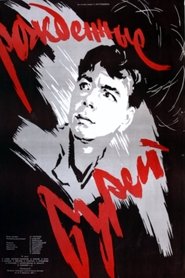 German troops leave a small town...
German troops leave a small town... The film is about the exploit...
The film is about the exploit...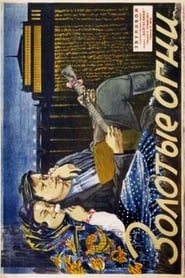 The movies opening sequence takes place...
The movies opening sequence takes place...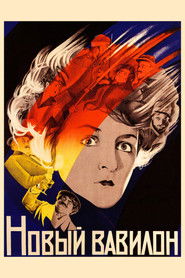 In the shortlived Commune of Paris...
In the shortlived Commune of Paris...